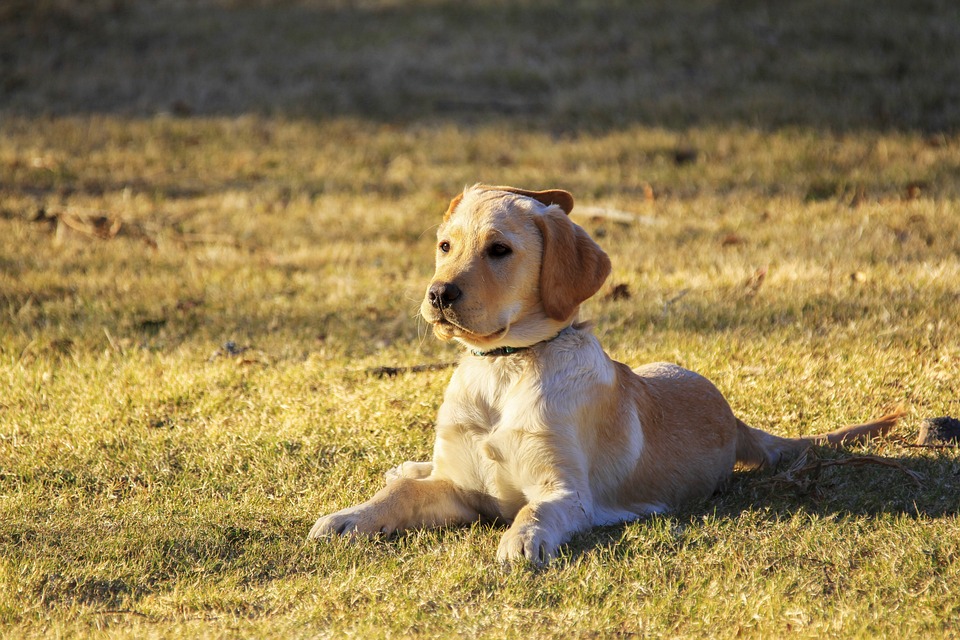Teaching your dog to greet people politely is an essential aspect of having a well-behaved pup. Polite dog greetings not only make social interactions more enjoyable for everyone involved but also ensure the safety and comfort of both your dog and the people they encounter. In this article, we will explore the key training techniques to help you master the art of polite dog greetings.
Understanding Canine Communication Signals
Before diving into the training process, it is crucial to understand canine communication signals. Dogs use body language and vocalizations to communicate their intentions and emotions. By learning to recognize these signals, you can better understand your dog’s state of mind during greetings and address any potential issues.
Building a Foundation for Polite Greetings
1. Establishing Basic Obedience Training
Basic obedience commands, such as sit and stay, play a fundamental role in teaching your dog to greet people politely. The sit command is particularly important as it helps your dog remain calm and controlled during greetings. Consistently reinforce these commands through positive reinforcement techniques, such as treats and praise, to establish a strong foundation of obedience.
2. Socialization: Preparing Your Dog for New Experiences
Socialization is a critical aspect of training your dog to greet people politely. Early socialization for puppies is essential to expose them to various people, animals, and environments. Gradually introduce your dog to new experiences, ensuring positive reinforcement during social interactions. This helps them develop confidence and appropriate behavior when meeting new people.
The Training Process: Teaching Your Dog to Greet Politely
1. Step 1: Teaching the “Sit” Command
Start by teaching your dog the sit command in various settings. Practice in different environments, gradually increasing distractions to mimic real-life scenarios. Use positive reinforcement techniques, such as treats and praise, to reinforce the sit command consistently.
2. Step 2: Introducing Distractions
Once your dog has mastered the sit command, it’s time to introduce controlled environments to practice greetings. Start with familiar people or friends who are willing to participate in the training. Gradually increase distractions, such as toys or other dogs, to simulate real-life scenarios.
3. Step 3: Teaching “No Jumping” Behavior
Jumping is a common issue during greetings. To discourage jumping, redirect your dog’s behavior with a focus command, such as “look” or “watch me.” Reward calm behavior with treats or praise. Consistency is key to reinforcing the desired behavior.
4. Step 4: Encouraging Eye Contact and Calmness
Training your dog to make eye contact is an effective way to maintain control and focus during greetings. Reward your dog for making eye contact and remaining calm. Use treats and praise to reinforce this behavior consistently.
Common Challenges and FAQs
1. My dog still jumps on people, what should I do?
Reinforce the “sit” command consistently and redirect the jumping behavior with a toy or treat. Consistency and patience are key to breaking the jumping habit.
2. How long does it take to train a dog to greet politely?
Training times may vary depending on the breed and individual dog. Consistency and patience are crucial for successful training. Some dogs may catch on quickly, while others may require more time and practice.
3. Can I use punishment to discourage jumping?
Positive reinforcement is more effective than punishment. Punishment may lead to fear or aggression, which can worsen the behavior. Focus on rewarding calm behavior and redirecting unwanted behaviors.
4. My dog still gets overly excited during greetings, any tips?
Practice self-control exercises and impulse control training to help your dog manage their excitement. Gradually increase the intensity of greetings over time, ensuring your dog remains calm and focused.
5. Is it okay for my dog to approach strangers without permission?
Always ask for permission before allowing your dog to greet strangers. Prioritize your dog’s safety and the comfort of others. Not all people may be comfortable with dogs, so respecting their boundaries is essential.
Conclusion
Teaching your dog to greet people politely is an important aspect of their training. By establishing a foundation of basic obedience, socializing your dog, and following the training process outlined in this article, you can enjoy the fruits of your polite greeting training efforts. Remember, consistency and patience are key to achieving a well-behaved and polite pup.









